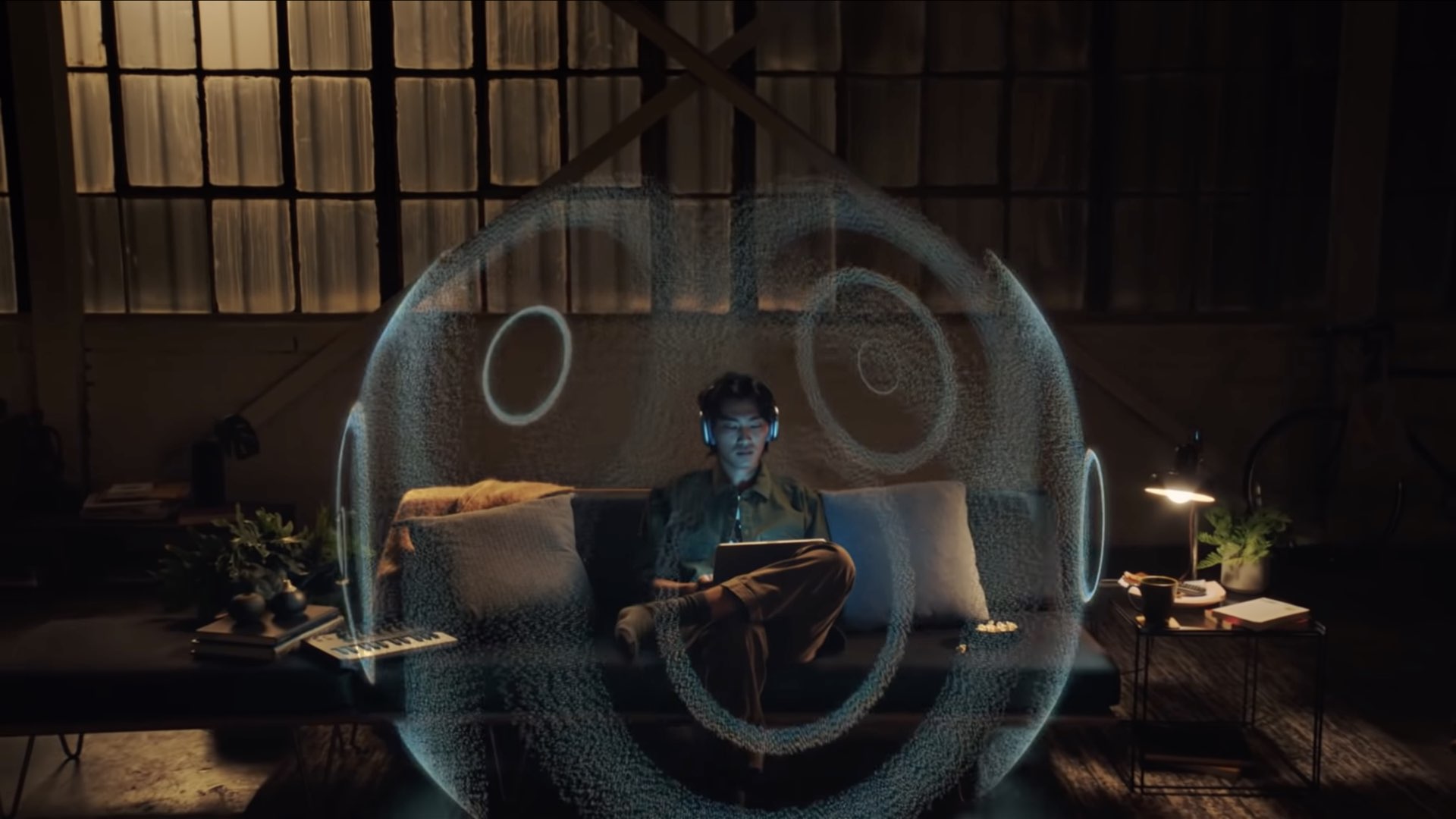Learn how spatial audio dynamically tracks your head movement on your Apple TV or Mac when using your AirPods or Beats headphones.

How spatial audio tracks your head on Apple TV and Mac
Apple silicon Mac running macOS Monterey and newer and Apple TV on tvOS 15 and newer support the spatial audio feature with dynamic head tracking via AirPods 3rd generation, AirPods Pro, AirPods Max, Beats Fit Pro, Beats Studio Pro, and Beats Solo 4.
But without any chips or sensors for spatial awareness inside Apple TV and Mac, how exactly does Apple measure your head movement?
To begin with, macOS and tvOS have spatial audio processing along with the dynamic head tracking feature via the AirPods or the headphones mentioned above. On the iPhone and iPad, dynamic head tracking takes advantage of sensors built into both the earphones and the iOS device to create a sound field that dynamically adjusts as you turn your head.
However, Apple TV and Mac computers lack accelerometers, gyroscopes, and other motion sensors. So, how exactly does spatial audio in tvOS and macOS measure your head orientation relative to that TV set or Mac display you’re staring at?
Apple clarified to Engadget that dynamic head tracking on the Apple TV and Mac works by employing trickery to detect whether you’ve been looking in the same direction or just got up.
When you sit down to watch a movie or TV show, the included head tracking feature will lock in after it detects you’ve been looking in the same direction for a while. Once you get up to walk around, it will reactivate.
What is spatial audio with head tracking, and how does it work?
Dynamic head tracking is only available when spatial audio is turned on, creating an even more immersive experience. “The sound field stays mapped to the device, and the voice stays with the actor or action on screen,” according to the feature’s description on the Apple website.

Spatial audio is basically an algorithm that mimics a dedicated Dolby Atmos A/V receiver. The system takes a Dolby Atmos-encoded source material, like a movie you’re watching, and turns it into a 360-degree degree sound field from stereo earphones like your AirPods.
With spatial audio, the soundstage is widened so that it seems like the entire room is filled with sound. Apple’s spatial audio implementation works with source material encoded in stereo, as well as with surround 5.1 or 7.1 content.
On a related note: How to listen with Spatial Audio on your AirPods